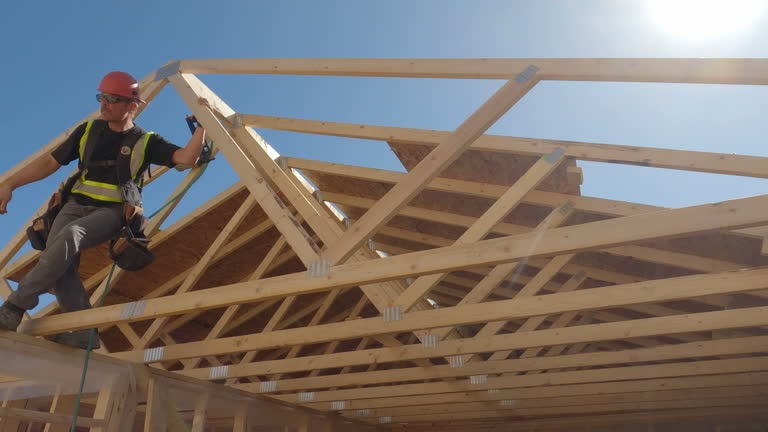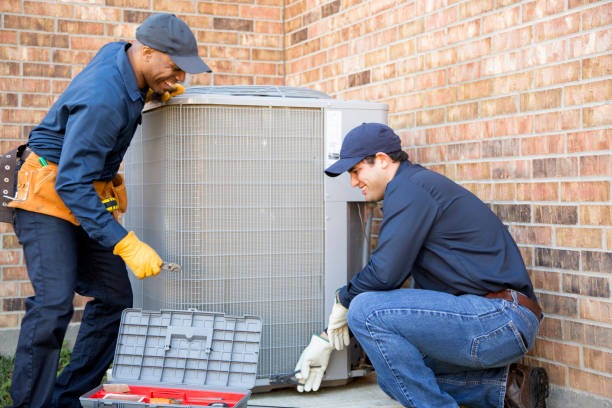Choosing the right fence for your home can be a daunting task, given the variety of styles and materials available in the market. However, understanding your needs and preferences can significantly simplify this process. The first step is to identify why you need a fence. Whether it’s for privacy, security or aesthetic reasons will greatly influence your choice.
Different home styles call for different types of fences. For instance, a traditional colonial-style home may look best with a wooden picket fence while modern homes might better suit metal or vinyl fencing. It’s important to choose a style that complements your house and enhances its overall appearance.
Wooden fences are popular due to their natural beauty and versatility in style options from picket fences to tall privacy barriers. They’re relatively affordable but require regular maintenance like painting or staining to prevent decay.
Vinyl fencing is another great option as it offers durability and minimal maintenance requirements. It comes in various designs including those that mimic wood grain, making it an attractive alternative for homeowners who want read the full report look of wood without the upkeep.
Metal fences such as wrought iron or aluminum provide high levels of security and durability with little maintenance required. However, they tend to be more expensive upfront than other materials.
Beyond aesthetics and material considerations, factors like local regulations should also influence your decision-making process when choosing a fence for your home. Some neighborhoods have strict rules regarding height restrictions or design specifications that must be adhered to avoid penalties.
Moreover, consider how much time you’re willing to invest in maintaining your fence before making a final decision on material type. Wood requires more care than vinyl or metal but may offer an aesthetic appeal worth the extra effort for some homeowners.
Another key consideration is cost which includes not only initial purchase price but also installation costs and ongoing maintenance expenses over time – these can add up significantly depending on material choice.
Lastly, consider future resale value; well-maintained attractive fencing can increase curb appeal thus potentially boosting your property’s market value.
In conclusion, choosing the right fence for your home involves more than just picking a design that catches your eye. It requires careful consideration of its purpose, compatibility with your home style, material durability and maintenance needs, local regulations and overall cost. By taking time to evaluate these factors, you can find a fencing solution that not only meets your personal preferences but also enhances the value and beauty of your home.











